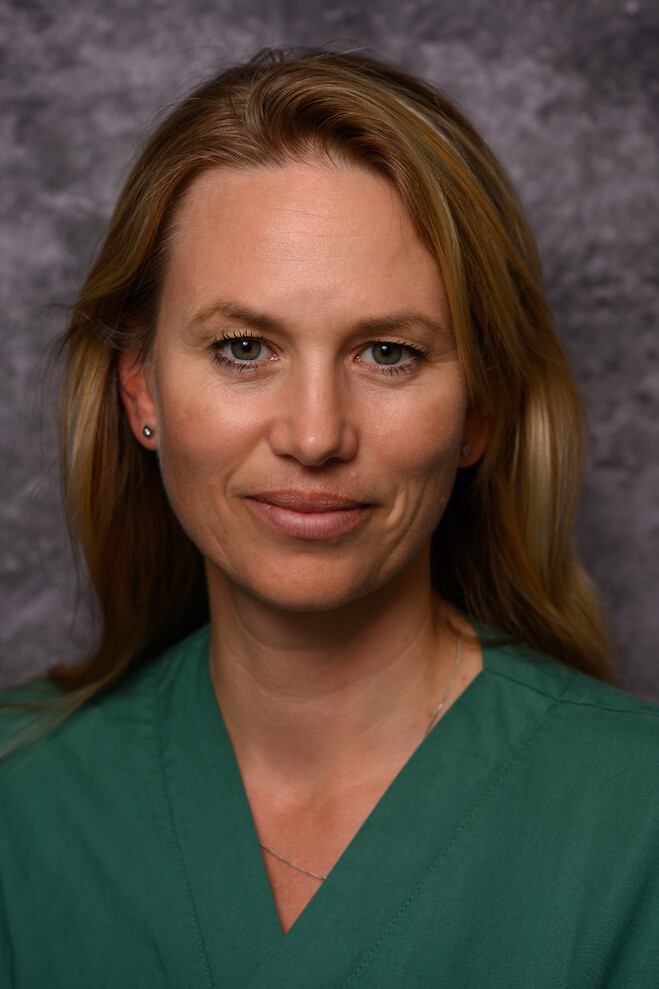“We need to build flexible operating theatres”
“One challenge is that we are becoming increasingly digitised, which is definitely an advantage, but we are behind in terms of structure. This entails anything from cables and equipment to an overall function that understands that you practically need an IT coordinator to make the modern operating theatre work,” says Kristine Hagelsteen, Chief Physician and Paediatric Surgeon at Skåne University Hospital.
Lars-Göran Larsson, Chief Physician and Surgeon at Mora Hospital and Mattias Egberth, Chief Physician and Surgeon at Mora Hospital and Örebro University Hospital, agree. However, it is difficult to predict technology development, emphasises L-G Larsson.
“10 years ago, northern Europe’s largest operating theatre of 120 m2 for modern vascular surgery was built in Eksjö. However, the vascular surgeon suddenly moved, and they were left with a large theatre that is still in use, but not for the intended purpose,” he says.
Furthermore, in Örebro, large theatres were built according to the standards of the time, but then development caught up with robots and other technical equipment, resulting in the theatres being too small after only 10 years. So how should you build to ensure that it will work in the long term?
“To ensure flexibility and construction for the future, modular walls are needed to facilitate the rebuilding of an operating theatre when necessary. Naturally, demands on ventilation, air flow, pressure and so on are extremely high. However, I think that you have to design for flexibility because we don’t actually understand the future,” says Kristine Hagelsteen.
The three surgeons are talking animatedly, and the more they talk, the more ideas emerge that may facilitate their daily work. Kristine Hagelsteen mentions microsensors on surgeons to see how the surgeon is doing, just as you monitor a patient during surgery or fatigue while driving.
“I have reflected on this while performing laparoscopy. At certain points, you tend to get a little sweaty, get tremors or sometimes you even get an elevated heart rate. It would be terribly interesting to analyse the cortisol levels and heart rate during certain moments,” says L-G Larsson.
However, a key issue is knowing how to use the technology. It is not just about throwing in technology for the sake of it. A feature of great help to surgeons would be to have 3D images projected onto the organ they will operate on. Today, we rely on X-ray images.
“If you can see what the anatomy of a patient looks like, you know what to expect,” says Mattias Egberth.
“We usually talk about precision medicine – here, we talk about precision surgery instead. When you have to operate on a liver tumour or adrenal gland, you are sufficiently prepared to know exactly where the vessel is located. With the equipment that is on its way into the operating theatres, we will certainly not need smaller operating theatres in the future,” says L-G Larsson.
Artikeln är en del av vårt tema om News in English.
